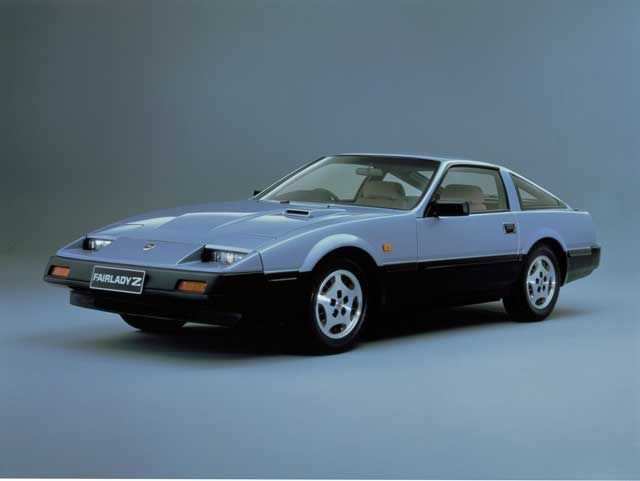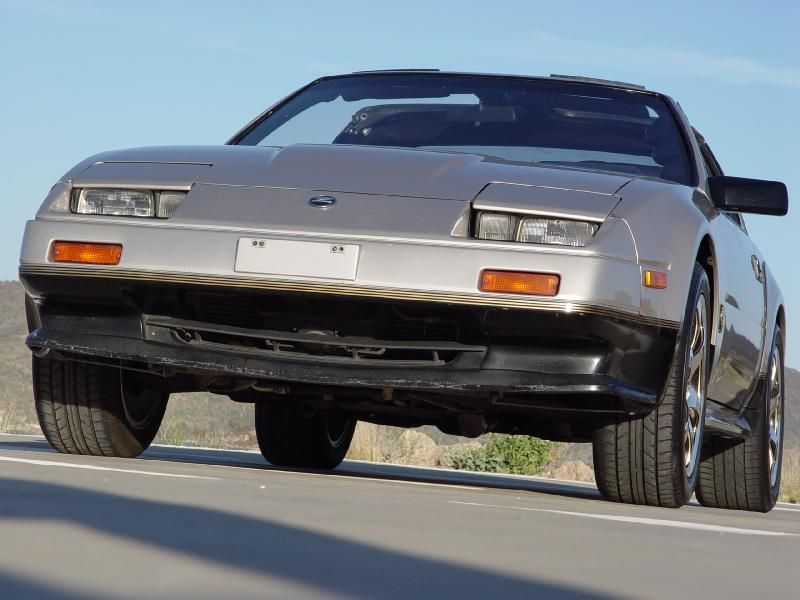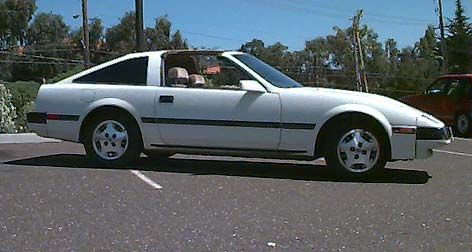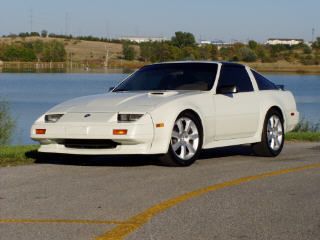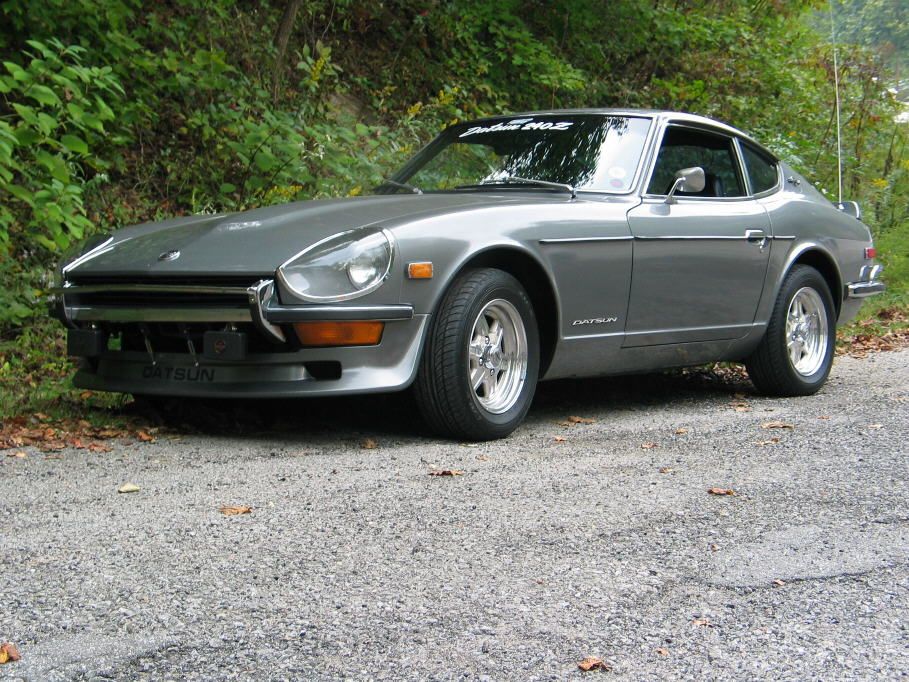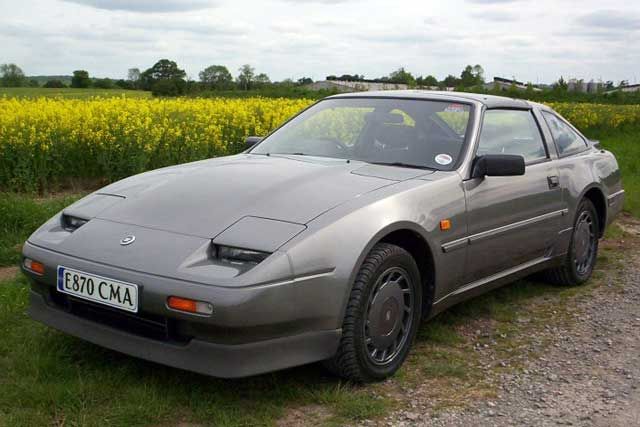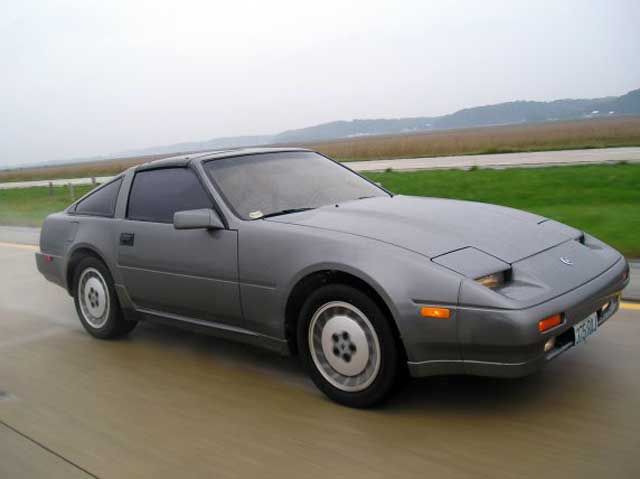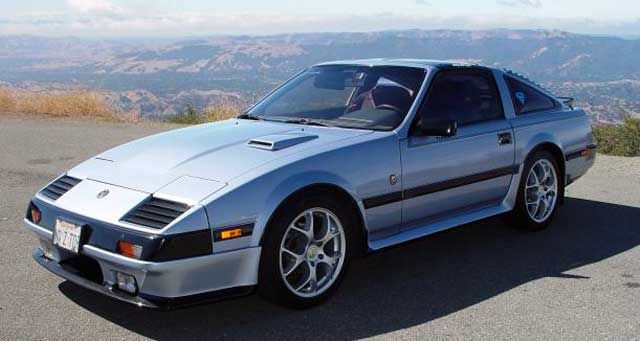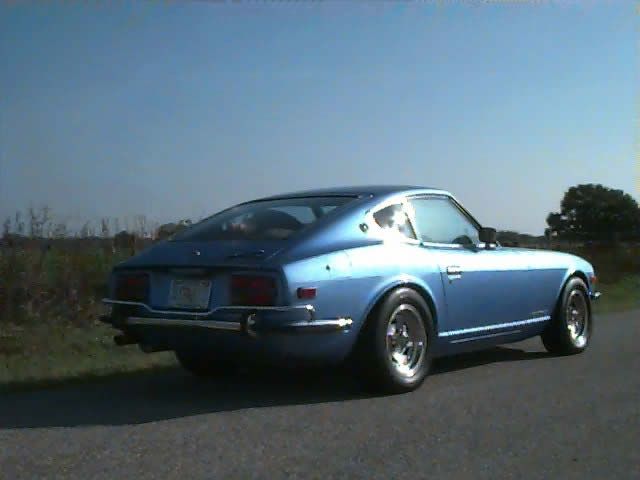The history of Nissan Z-Cars begins in 1970 with the introduction of the 240Z, the first model from the first series. The second series, the 280ZX was unveiled in 1979. In 1984 the “Nissan” badge was used for the first time on the US market instead of “Datsun”, and the same year was the year when the third generation Z-Cars was unveiled. The third generation or the 300ZX was completely redesigned and used a more powerful engine than the previous series: a 3.0 liter V6 engine. Also the 300ZX was more expensive than the previous models: the 1986 model was priced at $18.400.
1984 - 1989 Nissan Z-Car
- Make: Array
- Model: 1984 - 1989 Nissan Z-Car
- [do not use] Vehicle Model: Array
The third generation Z-Cars was designed by Kazumasa Takagi. For the North American, European, and Australian markets, the 300ZX name followed the numerical convention put forth by Yutaka Katayama, but for the Japanese market is knows as the Fairlady Z.
The 1984 300ZX featured a new design: pronounced wedge shape with distinctive pop-up headlights that seemed to peep out from slots in the chiseled nose when they were down; and the turbo models had a distinctive scoop along the left side of their hoods.
The 300ZX was built on the same chassis as the 280ZX: with a too-soft trailing arm rear suspension, mushy MacPherson struts up front and the same 91.3 inches of wheelbase between them. But, compared to the 280ZX, the 300ZX accelerated and handled better.
Under the hood you could see a new 3.0 liter V6 single overhead cam engine, available in both naturally-aspirated and turbocharged versions. The output was 160 horsepower for the normally aspirated ones and a 200 for the turbocharged ones. On the Japanese market, where the emission was not a problem, the engine of the 300ZX produced 230 hp. The 300ZX was offered with either five-speed manual transmission as standard, or four-speed manual transmission as an option.
The 300ZX saw its first updates in 1986. The car featured now side skirts and rocker panel flares; the fiberglass spoiler was replaced with a durable plastic one. Nissan also offered a new base model without T-tops.
The 1986 300ZX made the 0 to 60 mph sprint in 7.5 seconds.
The 300ZX received its final makeover in 1987. The sealed beam style headlights were replaced with modern 9004 bulb based lights. The car now features: aerodynamic bumpers, fog lamps and a narrow set of tail lights. Also in 1987 were made a few updates to the engine that increased the output with 5 hp.
In 1988, Nissan unveiled a special version of the 300ZX: the 'Shiro Special' SS. It was a turbocharged model offered with pearl white paint, stiffer springs and matched shocks, a unique front air dam, paint matched wheels, Recaro seats, and a viscous, limited-slip differential.
In 1989 the production of the 300ZX Z1 was replaced with the Z32. The Z32 had the same engine as the Z31, this is why the name 300ZX was kept, but the chassis had several changes throughout its production run between 1989 and 2000.
Conclusion
The 300ZX was the next step Nissan did to become one of the best sports car makers at the hour. With a new design, the new Z-Cars series also had a better handle and acceleration than the previous 280ZX. It also remained a success model on both North American and Japanese market (only in 1986 70.000 units were sold). The 300ZX was offered for the first time with a V6 engine, with bigger output: 160 to 200 hp for the turbocharged versions, or even 230 hp for the Japanese market.

